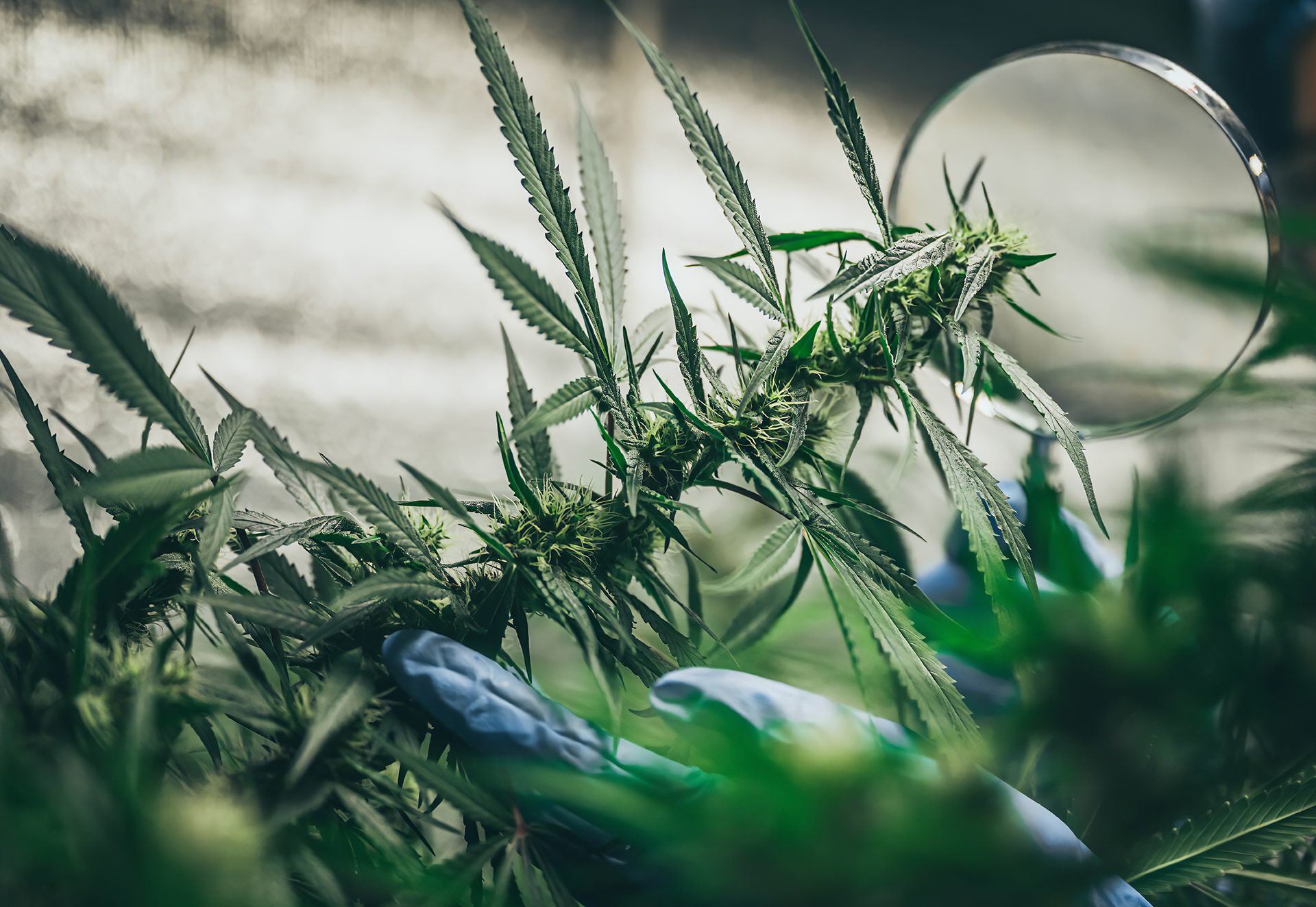In the last blog, we explained the reasons why greenhouse growing is popular and some of its advantages. Let’s go on to see what you need to do if you choose to grow in greenhouse.
Growing weed in a greenhouse: what do you need?
A greenhouse is not suitable for everyone. You will require a garden as a minimum. Besides, there are some other things to think about:
- Location
- Greenhouse
- Pots
- Supplemental Lighting
1. Location and security
If you live in a street with neighbours able to see into your garden, a greenhouse offers better security from prying eyes than growing outdoors.
If you live in a more rural area, you could even get away with growing more than just a couple of marijuana plants here and there among your “regular” plants. The critical thing to think about in this situation is the smell, which will be stronger.
The structure of the greenhouse allows more security than planting in the open air because as it is an enclosed space, you avoid certain inconveniences such as visits of wild animals at night. However, discretion should be maintained if you live in a part of the world where cannabis cultivation is regarded as an illegal activity. Some growers paint the greenhouse glass with white shading paint to reinforce this isolation. You can find this at a garden centre, and it serves the dual purpose of preventing the greenhouse from getting far too hot on the warmest days during the summer. When you have a painted greenhouse, people will not be able to peer inside and identify what you are growing.
The often heady aroma of growing weed is heightened in a greenhouse, and minimising this is also something to think about. One answer is to mix the weed plants with equally smelly plants that like similar growing conditions, such as tomatoes. This will slightly reduce the weed smell, but if the thought of the pungent smell worries you, we recommend investing in an in-line ozone generator to eliminate it almost completely.
2. The type of greenhouse
Greenhouses are available in many different sizes and styles and prices that range from under thirty euros to many thousands. The cheapest models use a flexible clear plastic mesh sheet which closely fits over a small plastic or metal pole frame. These polytunnels are extremely cheap, but you will only be able to fit one or two plants inside. Another option is a greenhouse that leans against an exterior wall of your house. This provides easy access to your plants, additional insulation for your property and your plants will benefit from heat from the house.
If you have space, you could opt for a standalone greenhouse with plenty of room for many plants. However, small greenhouses are also made for people that live in a flat and only have a restricted amount of outside space, such as a small balcony. Polycarbonate greenhouses, for example, feature tough plastic panels instead of the traditional glass and are ideal if you are concerned about safety if you have small children running around. There is a greenhouse to suit you, whatever your budget.
3. Growing weed in pots or planting directly in the ground
Ideally, you should take advantage of the natural environment and plant seedlings directly in the soil, because this allows the plants to spread their roots better to produce more abundant crops. This also helps to avoid transplanting them constantly during their growth. They are also less likely to overheat and suffer from root burn.
However, if you plan to move them around, it is best to grow them in pots. This is an excellent way to better control the amount of water and nutrients they receive, while this is more complicated when watering directly on the ground. Measuring instruments are easier to manage when the plants are in pots than if the crop is anchored in the ground, which allows for more in-depth monitoring. Containers are also useful if you have to move them out of sight in a hurry.
When it comes to watering your greenhouse plants, you can choose from a wide range of possibilities; old-fashioned methods or more sophisticated dropper or spray watering systems. If you can afford it, you can invest in a hi-tech system that automatically provides water and nutrients to your plants.
4.Supplemental Lighting
Sunlight offers greenhouse plants optimal full-spectrum light, yet not all greenhouses reside in optimal conditions. During the beginning or end of the season, or in particularly cloudy regions, plants may still fall short of obtaining optimal light exposure. Supplemental lighting is usually considered in regions that receive less than 4–5 hours of good sunlight each day. Some growers may even intend to cultivate throughout the winter months, leading to a definite need for artificial lighting. Lighting cost are still lower in a greenhouse, as lamps won’t need to be turned on for as many hours during the day when compared to an indoor growing operation.
In this case, we recommend that growers using LED grow lights for complementary lighting. If you’re looking to buy some grow lights, our lights are UL , CE and RoHS approved, visit our store here: Shop

